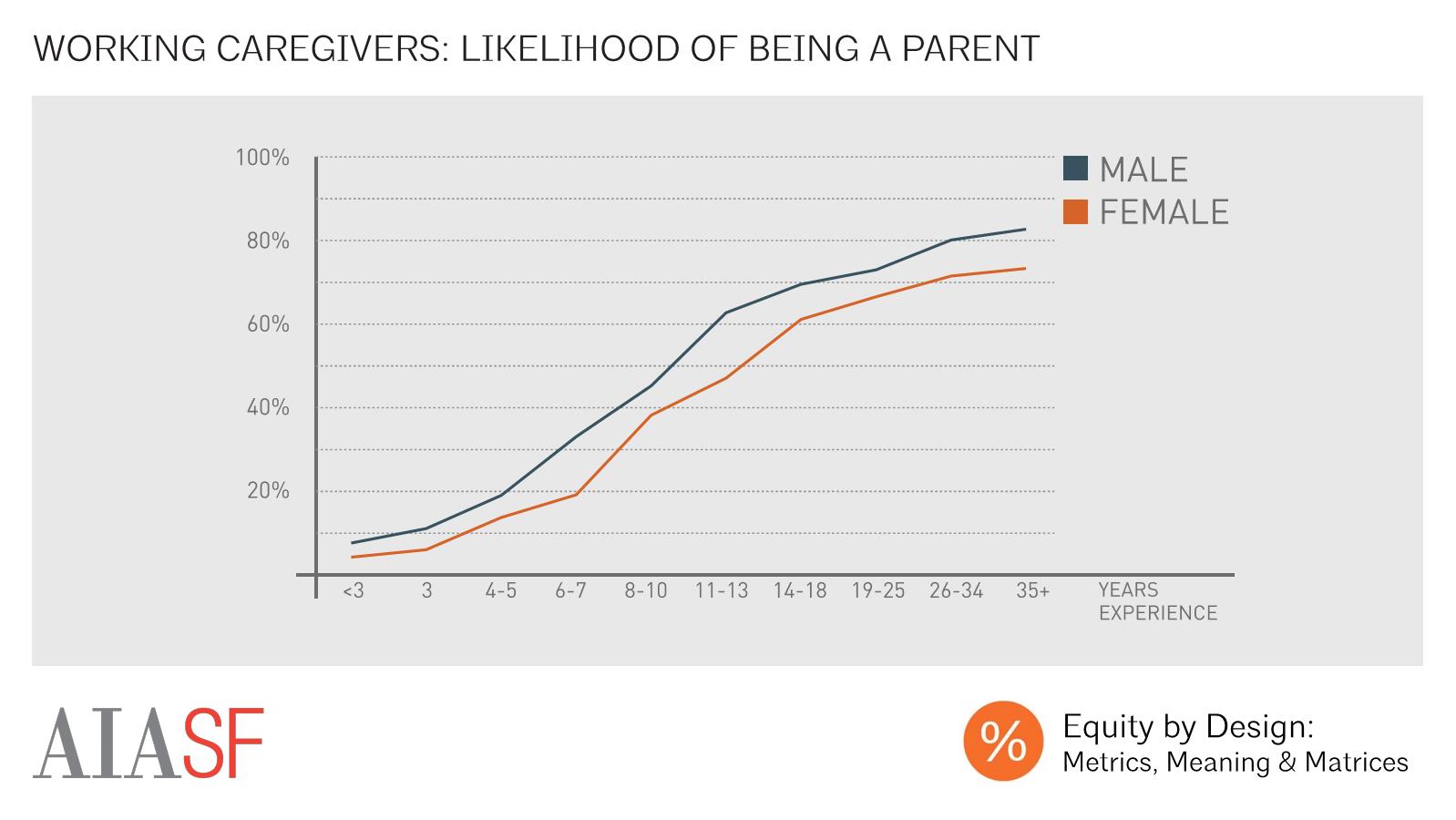Infographic Slides 2017

Average Salary by Experience When Oldest Child Born
The timing of the birth of one’s child relative to one’s professional development was significant. By subtracting respondents’ children’s ages from their level of experience, we were able to approximate their level of experience at the time of the birth of their children. This analysis revealed that fathers’ salaries were comparable to, or exceeded, those of their counterparts without children, no matter when in their career their oldest child had been born. Those who had become fathers when they had four or fewer years of experience made less, on average, than those who had become fathers later in their careers. Meanwhile, mothers tended to make less than their counterparts without children at most stages in their careers. The only exception was amongst women who had become mothers with 8-10 years of experience. These women made comparable amounts to, or even more than, their counterparts without children.

Average Salary by Experience When Youngest Child Born
Amongst female respondents, patterns in earnings related to when one’s children were born were even more significant when we considered a respondent’s experience level at the time of the birth of her last child. Women whose youngest child was born when they had seven or fewer years of experience in the field made substantially less, on average, than women without children as well as women who had finished giving birth later in their careers. This difference in earnings was at its largest amongst those with the most experience, suggesting either that the penalties related to motherhood were much more significant in the past than they are today, or that the impact of having children at the beginning of one’s career lingers late into one’s career. Like their female counterparts, men who had finished having children early in their career made less, on average, than fathers who had amassed more professional experience before the birth of their last child. However, these differences in salary on that basis of work-life sequencing were far smaller for fathers than they were for mothers.

Likelihood of Being a Parent
The next major career pinchpoint – working caregivers – impacts many of our respondents. Amongst those currently practicing architecture, female respondents were less likely to have children than their male counterparts at every level of experience. This could suggest that female practitioners who have children are more likely than male practitioners with children to leave the field, resulting in a higher likelihood of being a practicing father than being a practicing mother. It could also suggest that women who pursue architecture are simply less likely than their male counterparts to become parents. Neither hypothesis can be confirmed by this survey, but this question is worth exploring in future research.

Childcare Responsibilities
While female respondents were less likely than their male counterparts to be working parents, we found that those who were parents tended to bear more responsibility for childcare. Working mothers were approximately 10 times as likely as their male counterparts to be their children’s primary caregiver (48% of mothers vs. 5% of fathers). Meanwhile, 55% of fathers, and 10% of mothers, reported that their partner did more childcare.




